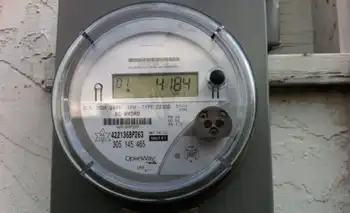Reliant Energy invests in emission controls
Together with existing and already committed controls at other units, this investment will ensure ReliantÂ’s fleetwide compliance with PennsylvaniaÂ’s Phase 1 Mercury Regulations.
Installation of these emission control systems that clean the air through activated carbon injection will begin in the first quarter of 2009 and will be completed by December 2009. The Mer-Cure Sorbent Injection Systems are designed by Alstom, an international leader in air quality control and environmental protection systems.
“We are committed to environmental stewardship and have developed a comprehensive program to reduce our environmental footprint,” said Mark Jacobs, Reliant Energy president and chief executive officer. “The mercury removal plan will improve air quality for our neighbors and is an important element of our overall program.”
Reliant Energy operates 19 power plants in Pennsylvania and employs more than 1,000 people in the state. At these Pennsylvania locations, Reliant is investing more than $435 million in emissions control related improvements.
In addition to the investment in mercury emissions reduction systems, Reliant is investing $375 million at the Keystone and Cheswick plants to install scrubber systems to remove sulfur dioxide that will be completed in 2009, and more than $10 million in upgrades to the existing scrubbers at the Elrama station.
The scrubber installations at Keystone and Cheswick, in addition to existing selective catalytic reduction systems for control of nitrogen oxides, are expected to bring these two plants into compliance with the Pennsylvania Phase I Mercury Regulations. They will also comply with the plant-wide mercury removal requirements of the Pennsylvania Phase II Mercury Regulations more than five years before those requirements take effect in 2015.
Related News

Ireland and France will connect their electricity grids - here's how
DUBLIN - France and Ireland signed contracts on Friday to advance the Celtic Interconnector, a subsea electricity link to allow the exchange of electricity between the two EU countries. It will be the first interconnector between continental Europe and Ireland.
Representatives for Ireland’s electricity grid operator EirGrid and France’s grid operator RTE signed financial and technical agreements for the high-voltage submarine cable. The countries’ respective energy ministers witnessed the signing.
European commissioner for energy Kadri Simson said:
In the current energy market situation and the need to move away from imports of Russian fossil fuels, European energy infrastructure has become more important than…





